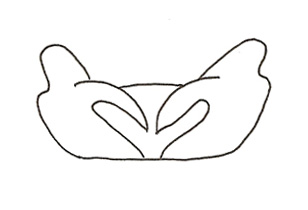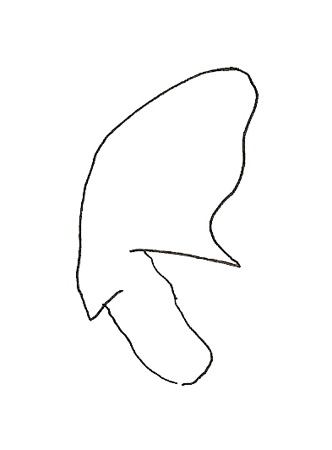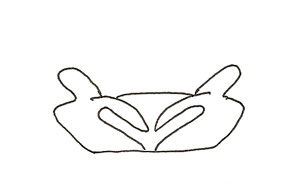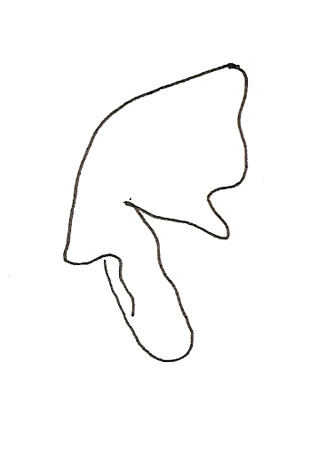In nigrita the elytra are almost parallel, in rhaeticus thay are rounded, especialy behind the middle. Not diagnostic but may indicate which species is likely to be present.
Both species normally have 3 punctures in the 3rd elytral interstice, usually joined to the 2nd or 3rd striae. In nigrita from 1-5 have been recorded, in rhaeticus 3 or 4. Nigrita may also, but very rarely, have a single puncture in the 5th interstice.
The only way to be certain is to examine the male genitalia or female abdomen. The genitalia are heavily sclerotisized and straightforward to remove, with a little teasing the parameres will come free, they retain their shape when dry and can be mounted with the specimen. Female ventrites are delicate and care must be taken to avoid tearing. The right paramere of nigrita is larger apically and with a shallow incision.In rhaeticus it is smaller and more deeply incised. The left paramere is very different and not diagnostic. Ventrite 3 in female nigrita is much broader than in rhaeticus.
For a more detailed account see Luff, 1990. P.rhaeticus Heer, a British species previously confused with P.nigrita (Pk.) Ent. Mon. Mag. 126:245-249.
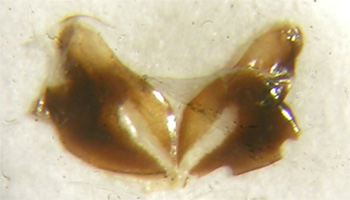
Female
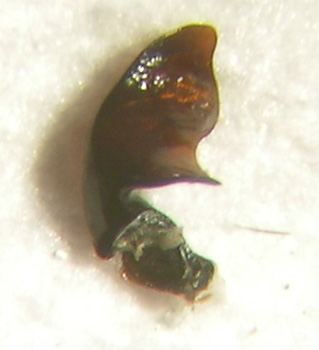
Male
